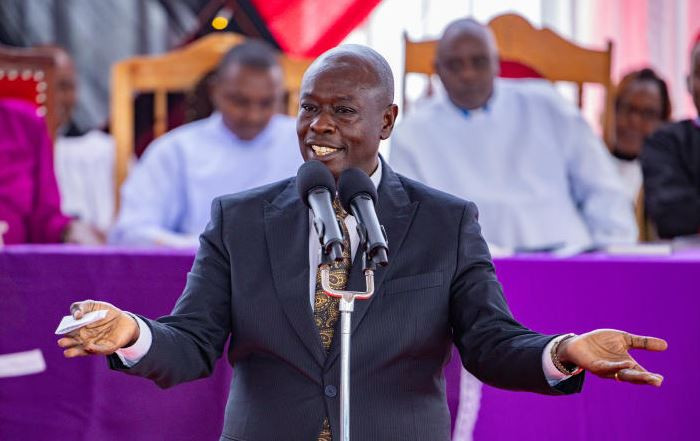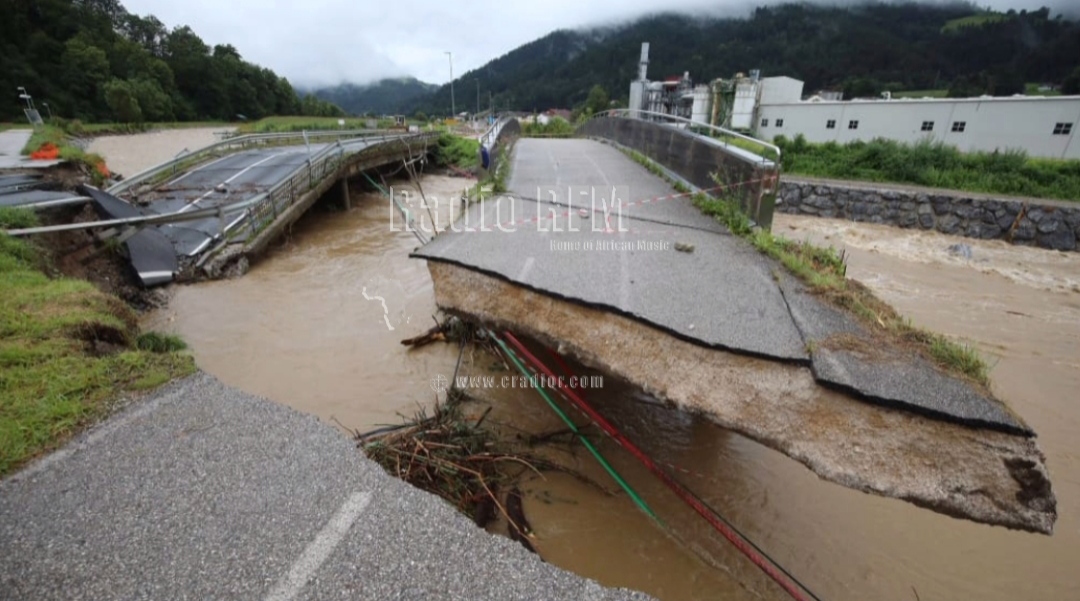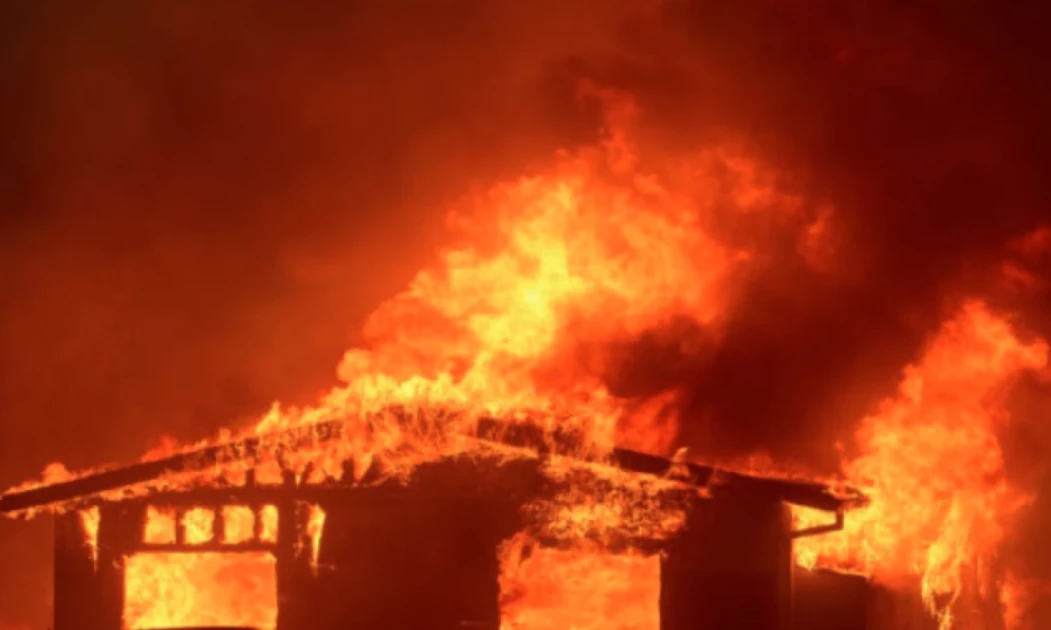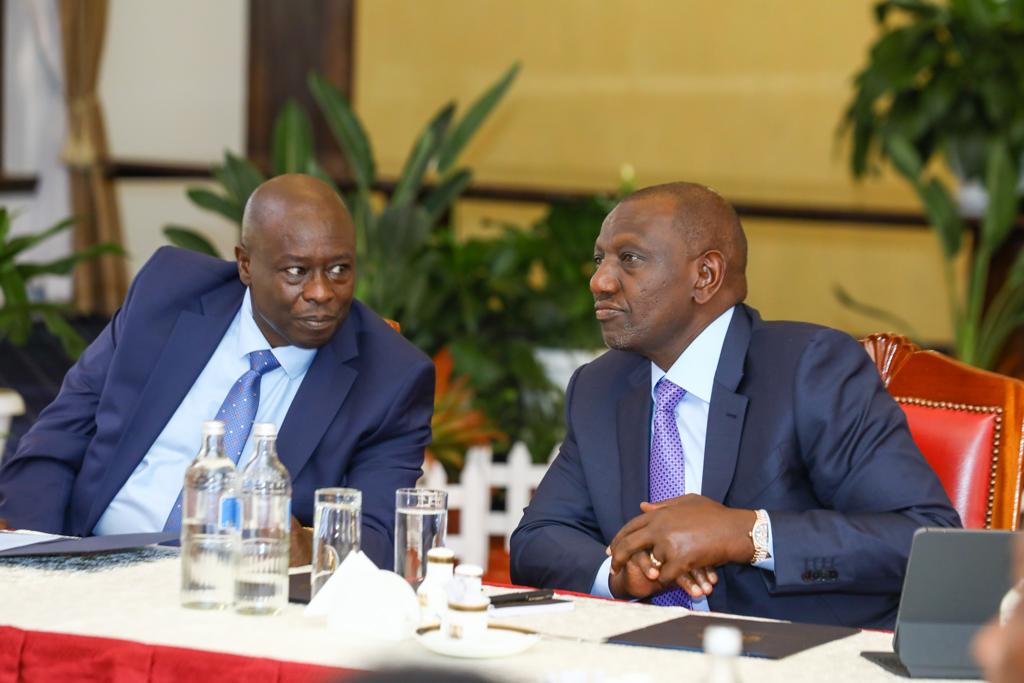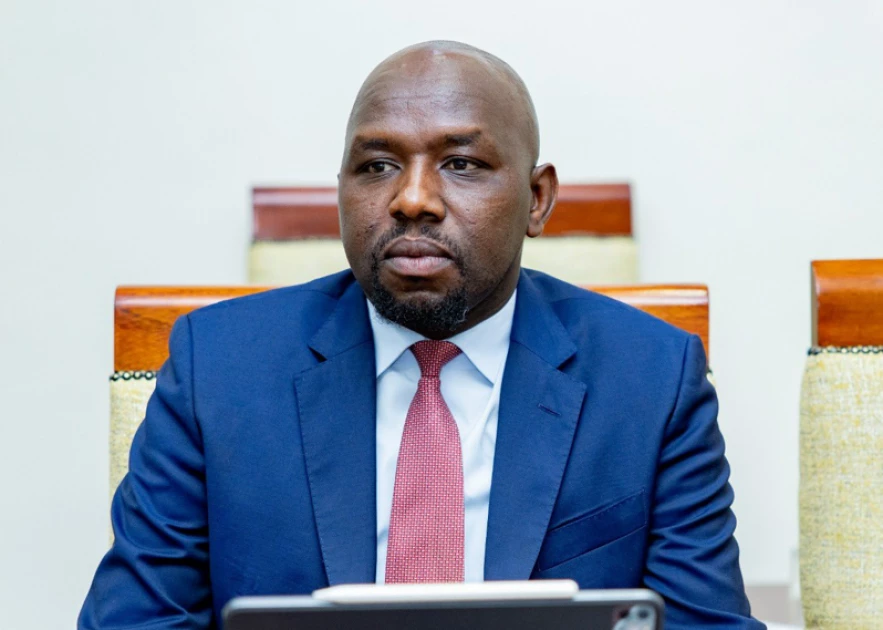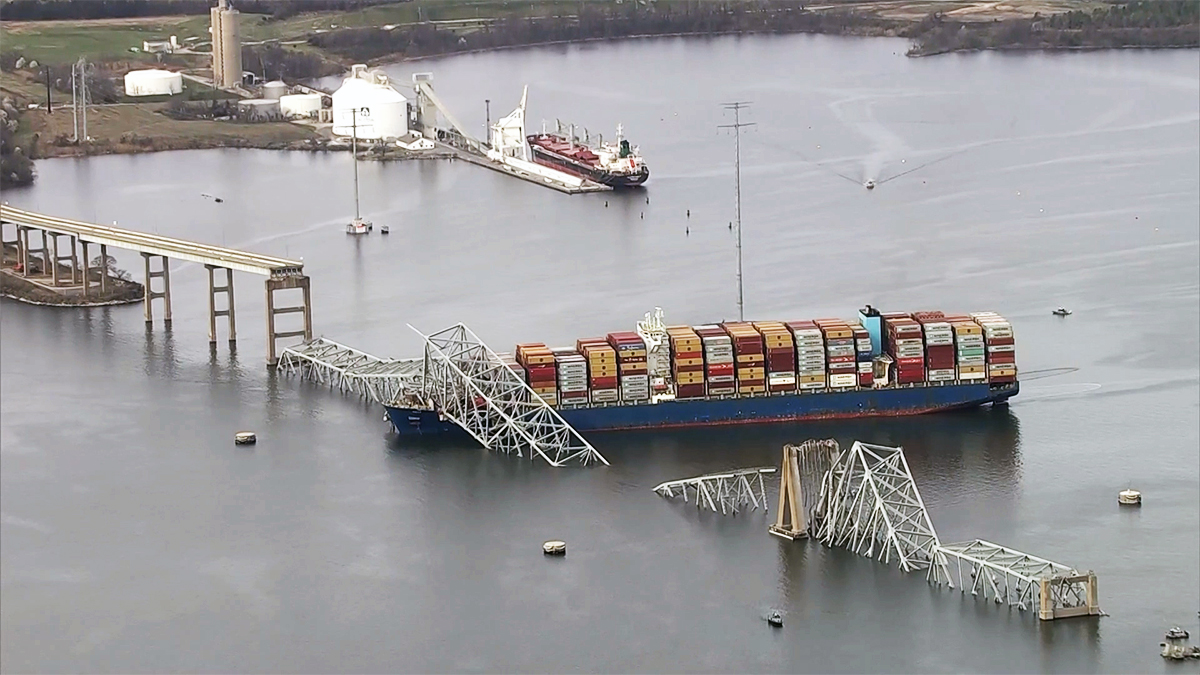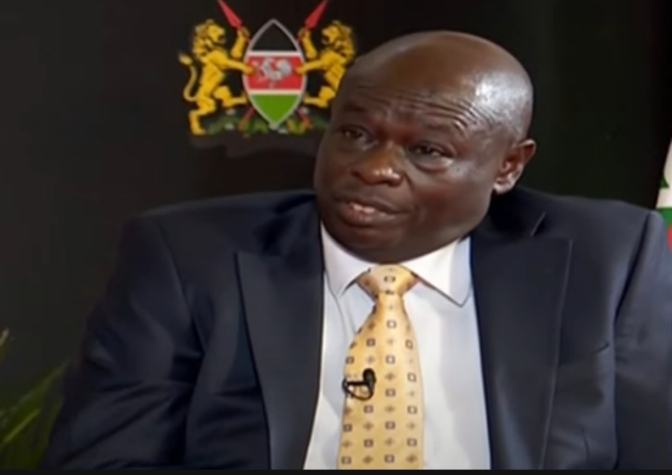Low-lying neighbourhoods in Nepal’s capital Kathmandu were inundated by surging floodwaters on Sunday after ferocious monsoon rains that police said had killed at least 101 people around the Himalayan republic.
Deadly rain-related floods and landslides are common across South Asia during the monsoon season from June to September, but experts say climate change is increasing their frequency and severity.
Large swathes of eastern and central Nepal have been inundated since Friday with flash floods reported in several rivers and extensive damage to the country’s highways.
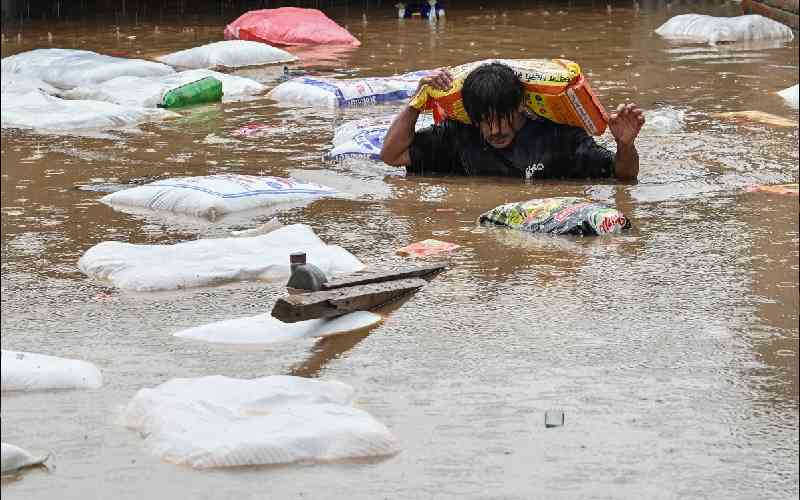
“The death toll has reached 101, and 64 people are missing,” police spokesperson Dan Bahadur Karki told AFP.
“There is likely to be an increase in the death toll as our search and rescue mission proceeds in the affected areas,” he added.
The Kathmandu valley recorded 240 millimetres (9.4 inches) of rain in the 24 hours to Saturday morning, the country’s weather bureau told the Kathmandu Post newspaper.
It was the highest rainfall recorded in the capital since at least 1970, the report said.
The Bagmati river and its numerous tributaries which cut through Kathmandu broke their banks, inundating nearby homes and vehicles.
Residents pushed through chest-deep water to get to higher ground, with nearly 3,300 people rescued by relief teams as of Sunday morning.
More than 3,000 security personnel were deployed to assist rescue efforts with helicopters and motorboats.
Rescue teams were using rafts to pull survivors to safety.


